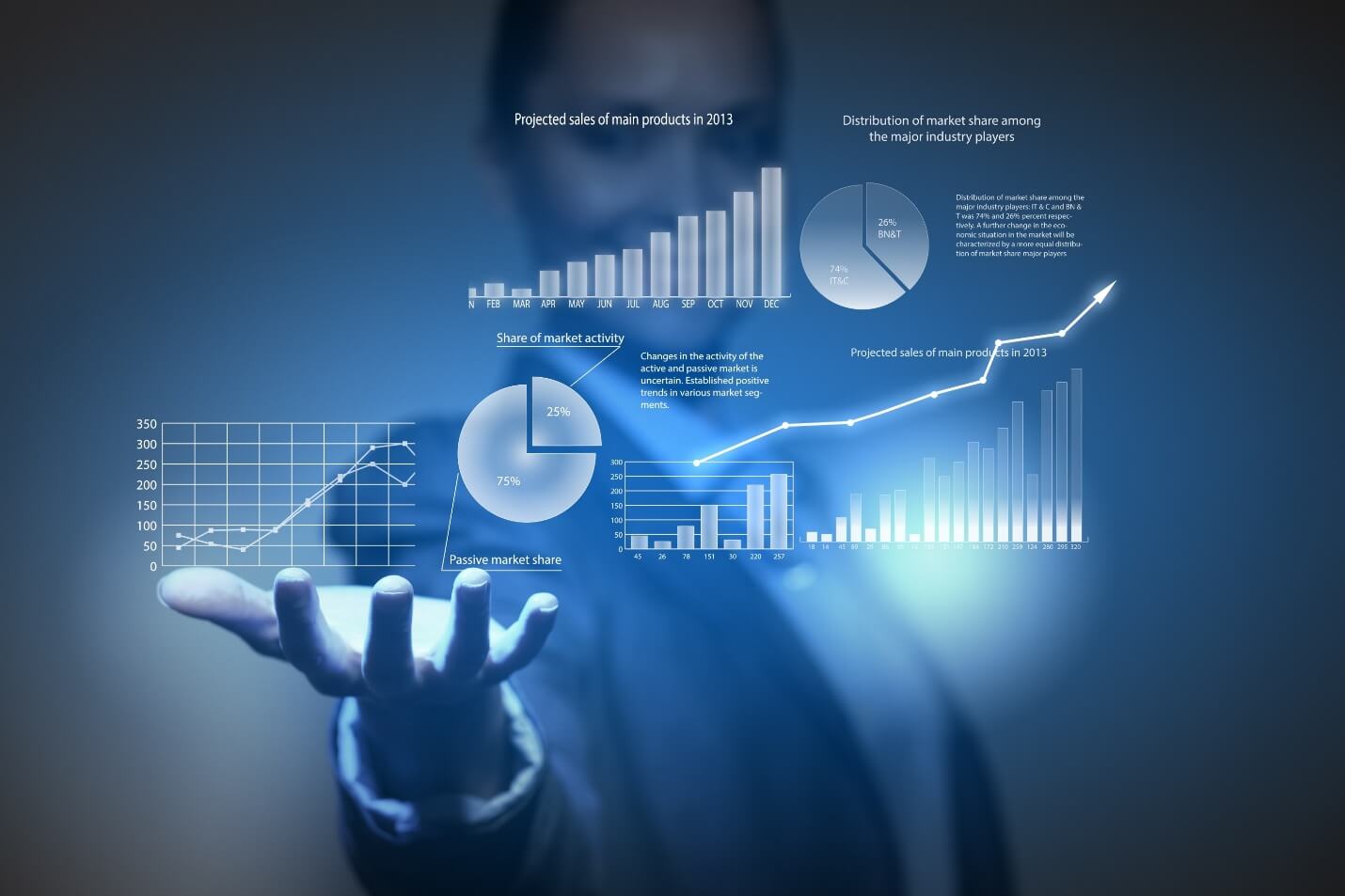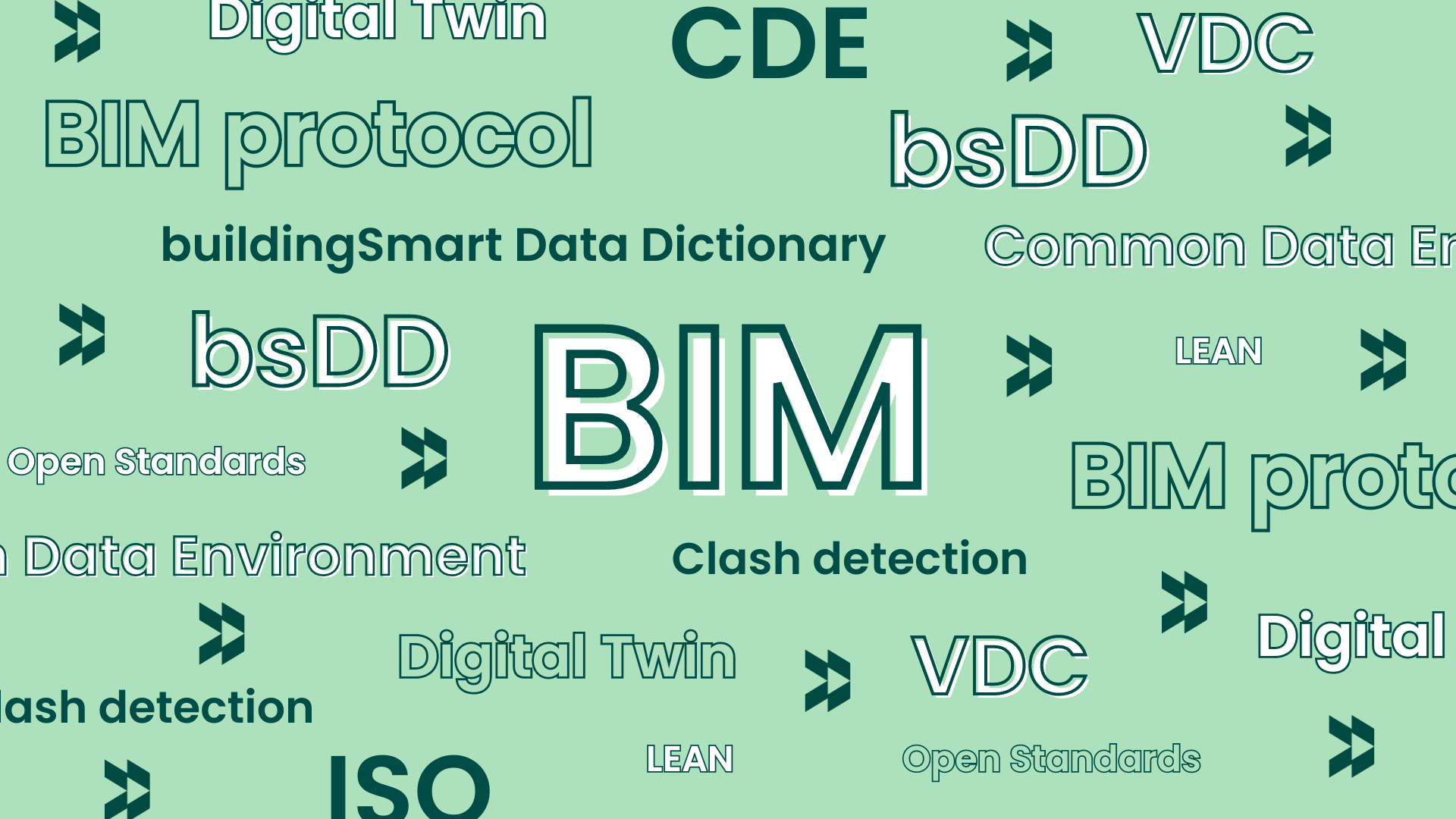How can an existing business or business model generate a new business or business model?
This is a critical question that business leaders and owners ask themselves for Architecture, Engineering, Construction, and Operation (AECO). Of course, acquiring new clients (See article: What are the drivers of new client acquisition?) is the number one priority, but that is not the type of new business mentioned in this article. Generating expansion within existing accounts or getting new businesses, who have never opted for our services or products to choose us this time, in a saturated market, is important and key to a healthy business. But this time, we are referring to the new activities that an existing organization can generate with its current know-how, existing processes, existing resources, and overall without interfering with the existing way of generating cash flow of the currently established business. How do you create something new that can become, in a few years, the primary source of revenue by simply using the existing but putting it in a different model? Every executive is used to the buzzword “new economy.” When gathering information about it, they find that it seems to have something to do with data, APIs, machine learning, intelligent objects, etc.
What is the business itself?
Business is a risk. A person alone in the world can have an activity or produce something… but being alone in the world, there is no interaction with others, so no exchange, which makes business impossible. To talk about business, you always need at least two participants, A and B. Both agree on some type of exchange, and both set a certain expectation on their side. A may be hungry, and B may have an apple. A thinks that the apple will satisfy his/her hunger. B believes that if A gives him one dollar for the apple, they can make their living today. But there is an inherent risk. A may still be hungry after eating the apple, or even the apple may be rotten inside, and B may find that today their cost of living has increased and that one dollar is not enough to pay their bills. This is, of course, far too simple.
The reality is that when it comes to crossing services (times of resources, know-how and infrastructure, and indirect cost) with the product (Bricks, Windows, Pipes, etc.), the risk is very high and has a collateral effect. There is a potential “plus-minus risk.” If it is well calculated, it is possible to win what is expected, and a potential bonus can occur. If not, the profits are lost as well as the money—the greater the risk, the greater the potential profit or loss. The AECO industry suffers from too many players offering deals too close to high (low) risk, making it increasingly difficult to have positive high risk. Smart organizations track risk.
Risk of digitalization
Where is the potential risk in the AECO value chain that is shifting through digitization? This is the question that needs to be answered from the perspective of the drivers of the new economy and cross-referenced with the organization’s assets, i.e., resources, knowledge, customers, processes crossed with data, APIs, machine learning, smart objects, etc. This is what is already happening in every other industry. It allows you to generate something out of nothing.
What is the residual result of having designed a hospital, for example? The ownership of the teams who have total control over the data model plus the hyper information used on the project. Why not offer the digital twin maintenance to the operator in a 10-year contract that a new company cannot beat? Sooner or later, companies will maintain the model that serves the BOS (Building Operating System). No owner wants to have a team responsible for introducing a few small changes to design software and integrating them into a system on a monthly basis. It’s not a business unless you are the design company that did the first one and does it regularly for all the clients, maybe even hosting the SaaS platform for them to do it.
What is the collateral capacity of the main contractor?
The main contractor has the ability to know how things are actually built and maintained. Some are already moving closer to the origin of the value chain, offering incredible contracts to maintain a facility if they are allowed to participate in the design phase. Why? Because digitization will enable them to virtualize the facility’s behavior during design and thus optimize the facility’s management from the beginning. They can ask for the risk during the first 20 years of operation and work on it during the design of the object.
Other companies may decide to offer their sensors free of charge while acquiring the risk of the energy or water consumption of the whole building life cycle. An energy/water package for 20 years in exchange for optimizing the object so that the risk is positive from the 5th year.
What can business leaders do to generate a new economy?
This is the challenge. The minimum obligation of a C-level is to create the conditions for it to be possible. And that means avoiding future new business barriers. The first driver is data. You cannot generate data in closed systems because no next step will be possible. The basic soil for growing something will be open systems and standards that make it easy to manufacture data. The second driver is the API. If the information is siloed by the project and then has to stay in the silo without being extracted via API, nothing will happen after that.
Many players in the software and services industry have already understood this. They offer tools and services aimed at the end consumer with functionality and ease of use but will inevitably be black boxes. The intention is probably to keep the information on their side and in the future find ways to deal with the risks and find new business models themselves. These B2C strategies work very well, as the pressure to digitize is intense, and they solve problems on the spot. But leaders need to understand and identify the medium- and long-term impact of implementing closed, siloed information processes in the most crucial organ of their business—the brain.
Andrés Garcia Damjanov, Chief Revenue Officer (CRO) at Catenda.




